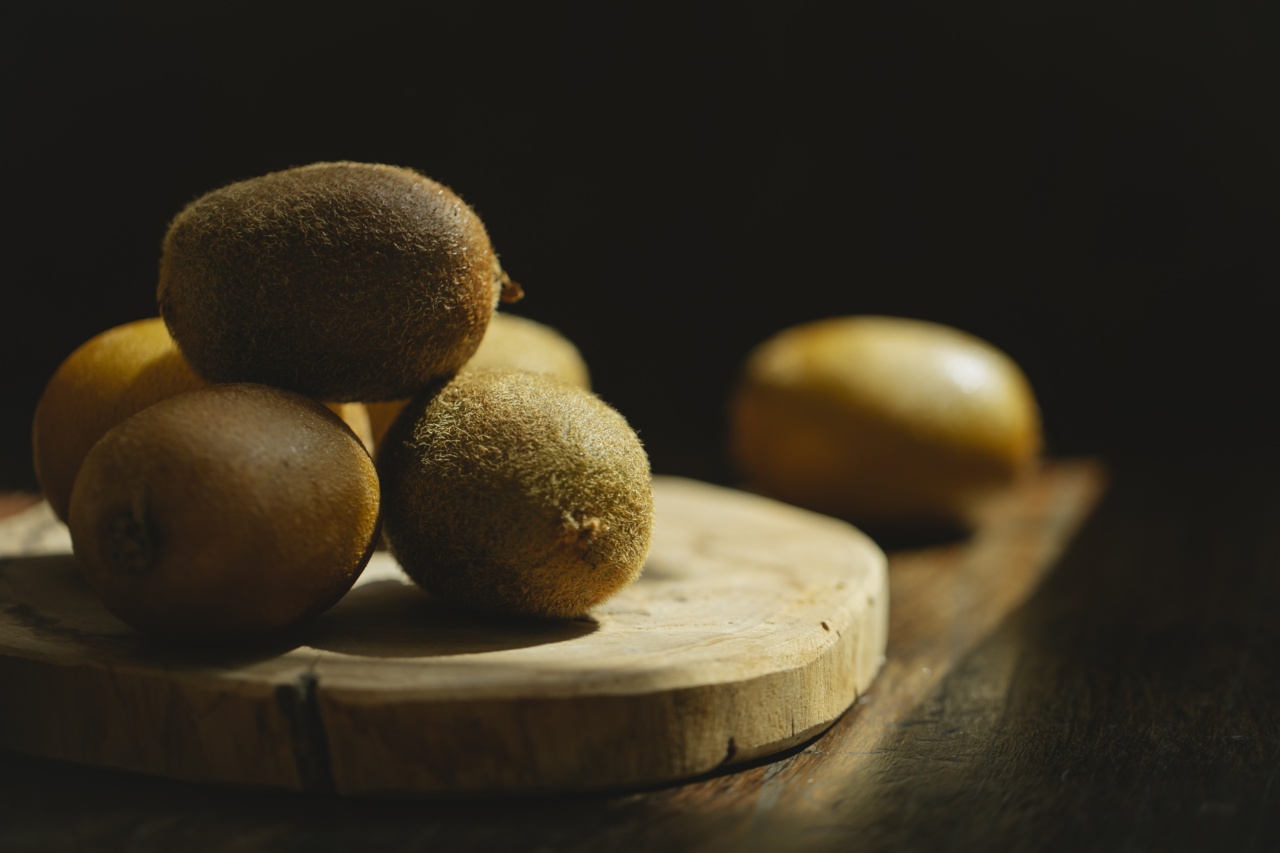Lent is a time of reflection and sacrifice, and for many people, this means giving up meat.
While going vegetarian for Lent can be a challenge, it can also be a great opportunity to explore new foods and flavors, and to try out some healthy, plant-based meals.
In this guide, we’ll take a look at some of the best vegetarian alternatives for Lent, and provide some tips for making sure you get all the nutrients you need while following a meat-free diet.
Whether you’re a seasoned vegetarian or just starting out, we hope you find this guide helpful.
Why Go Vegetarian for Lent?
There are many reasons why people choose to give up meat for Lent. For some, it’s a way to connect with their faith and make a sacrifice in the name of their beliefs.
For others, it’s a way to improve their health, reduce their environmental impact, or simply try something new.
No matter what your reasons for going vegetarian for Lent, there are plenty of benefits to be had.
Plant-based diets have been associated with lower rates of heart disease, diabetes, and other chronic illnesses, and can also help you lose weight and improve your overall health.
Getting Enough Protein
One of the concerns that many people have when going vegetarian is getting enough protein. While meat is a great source of protein, it’s far from the only one.
In fact, there are plenty of plant-based sources of protein that can help you meet your daily needs.
Some of the best vegetarian sources of protein include:.
- Legumes (such as beans, lentils, and chickpeas)
- Nuts and seeds (such as almonds, cashews, and pumpkin seeds)
- Whole grains (such as quinoa, brown rice, and whole wheat bread)
- Soy products (such as tofu, tempeh, and edamame)
Make sure to include some of these protein-rich foods in your meals each day to help you meet your daily protein needs.
Iron and Calcium
Two other nutrients that are important to pay attention to when going vegetarian are iron and calcium. These nutrients are abundant in meat and dairy products, but can also be found in many vegetarian foods.
To get enough iron in your diet as a vegetarian, include plenty of leafy green vegetables (such as spinach and kale), legumes, whole grains, and nuts and seeds in your meals.
Vitamin C can also help your body absorb iron, so be sure to include plenty of fruits and vegetables high in vitamin C (such as citrus fruits, strawberries, bell peppers, and broccoli) in your meals as well.
To get enough calcium in your diet as a vegetarian, include plenty of dairy alternatives (such as almond milk or soy milk), leafy green vegetables, fortified cereals and juices, and tofu.
Eating a Balanced Diet
When going vegetarian for Lent (or any other time), it’s important to make sure you’re eating a balanced diet that includes a variety of different foods.
This can help you get all the nutrients you need, and also prevent boredom and burnout from eating the same foods over and over again.
Make sure to include plenty of fruits, vegetables, whole grains, and protein-rich foods in your diet. Experiment with different spices and herbs to add flavor to your meals, and try out new recipes to keep things interesting.
Sample Meal Plan
If you’re new to vegetarian eating, it can be helpful to have a sample meal plan to follow. Here’s an example of what a day of vegetarian eating might look like:.
- Breakfast: Oatmeal with almond milk, sliced banana, and chopped nuts
- Morning snack: Apple slices with almond butter
- Lunch: Lentil soup with whole grain bread and a side salad
- Afternoon snack: Carrots and hummus
- Dinner: Stir-fried vegetables with tofu and brown rice
- Evening snack: Greek yogurt with berries and honey
Of course, this is just one example, and there are countless vegetarian meals and snacks to choose from. The key is to experiment and find foods that you enjoy, while also making sure you’re getting all the nutrients you need.
Conclusion
Going vegetarian for Lent can be a great way to improve your health, try out new foods, and connect with your faith.
By including plenty of protein-rich foods, leafy green vegetables, and whole grains in your diet, you can ensure that you’re getting all the nutrients you need to stay healthy and energized.
With a little planning and creativity, you can enjoy a delicious and nutritious vegetarian diet throughout Lent and beyond.




























